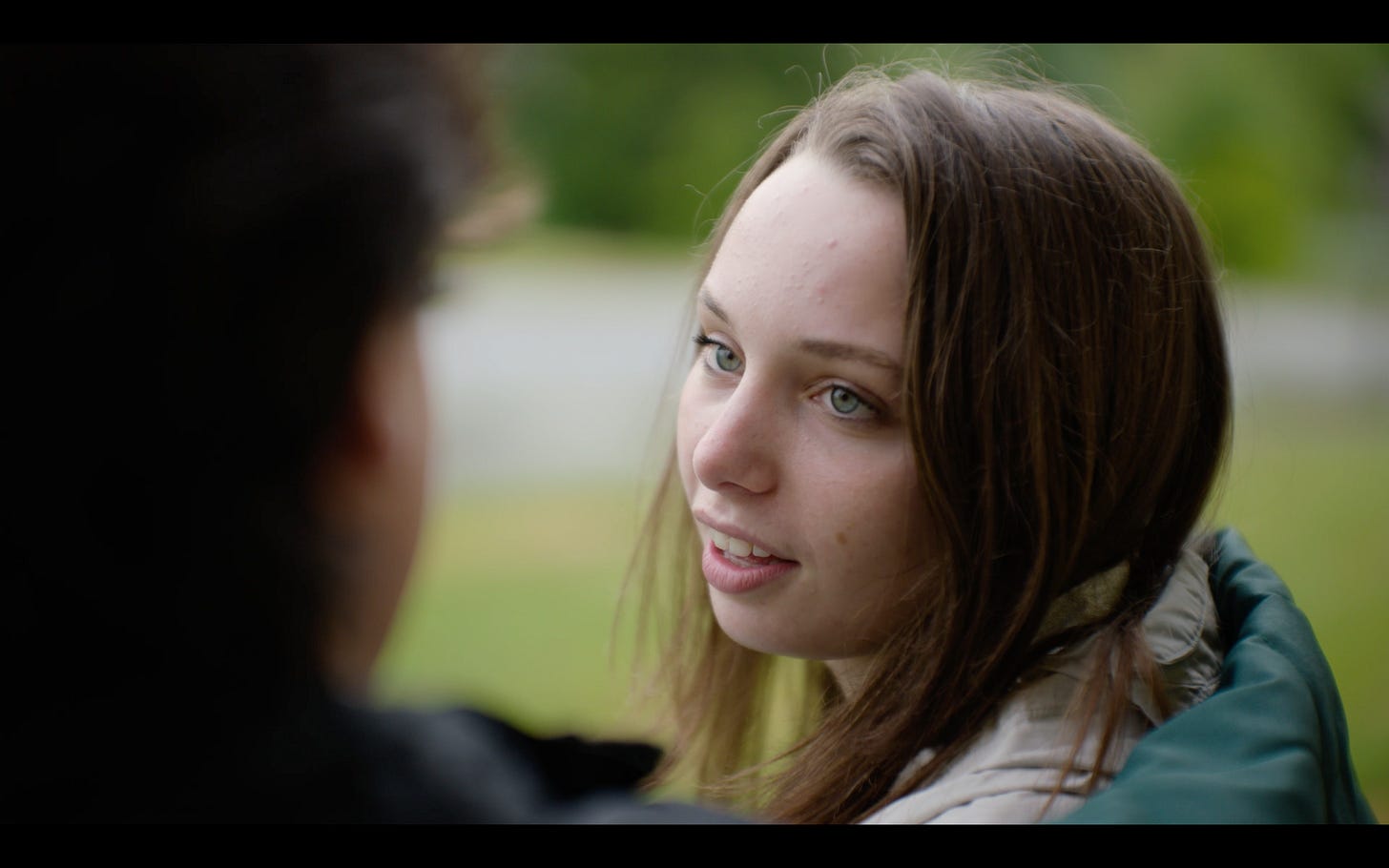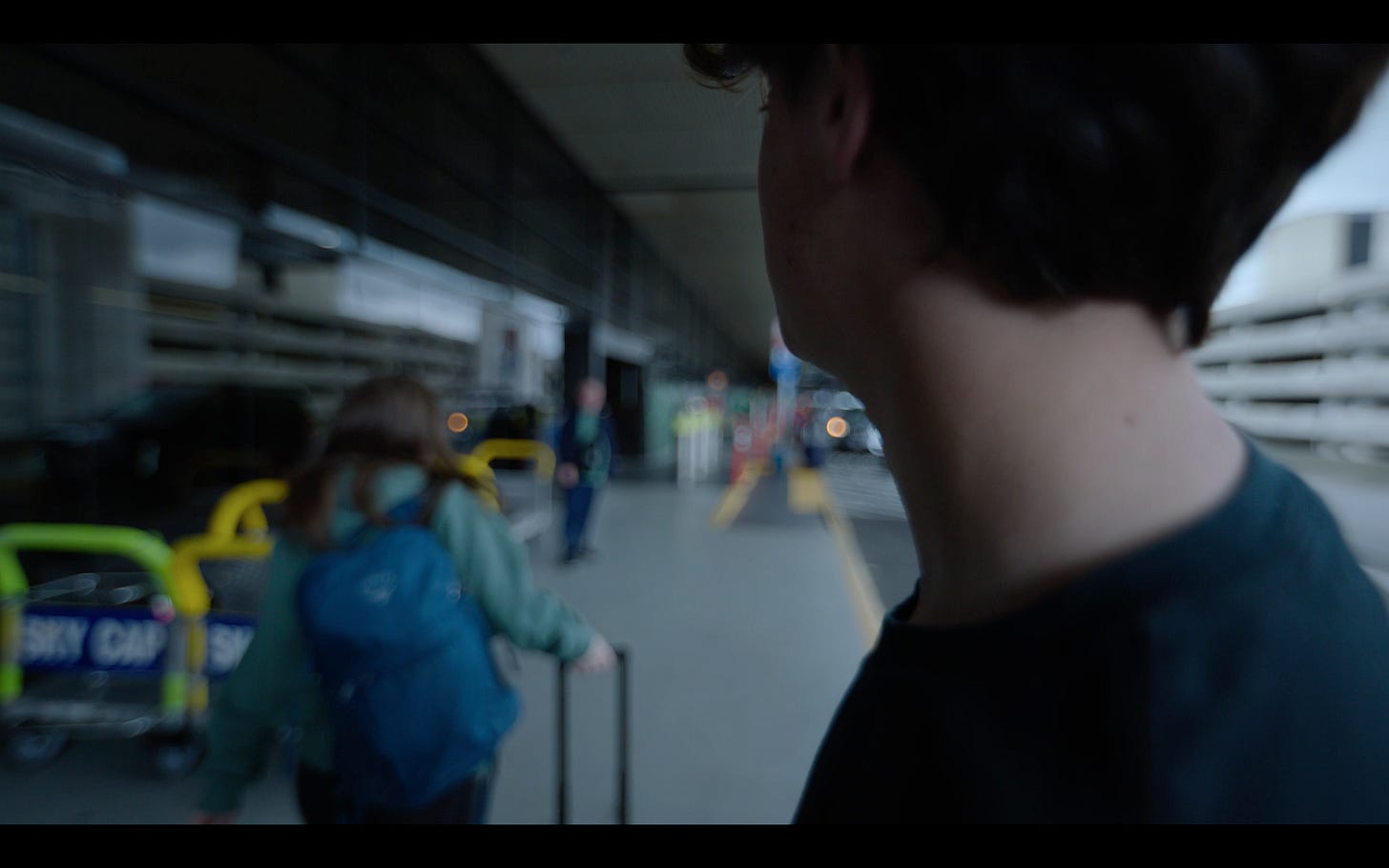Testing Arri's Impression V filters
Making cool things using cool gear so that we can see how they work.
At this year’s Pacific Northwest Lens Summit I was fortunate enough to meet Chase Hagen and Art Adams, who were both representing Arri. One of the main things that they were showcasing this year was the new Impression Filters, a diopter style filter that attaches magnetically to the back of all Arri Signature Primes and Zooms.
Needless to say I was fascinated by this technology. As most DP’s are these days, I am always in need of some good vintage lens characteristics to muddy up the digital world. Normally DP’s go about this by using lenses that are specifically designed for characteristics or just by using vintage glass, but these options have a limit in their customizability. Not every production has the resources to finely tune a lens set.
One of the selling points of Arri’s Impression Filters is a level of adjustability. Using different strengths of either positive or negative filters, you can adjust the characteristics of a lens. Another selling point of these filters is that you than can get a more unique image while still using some of the nicest and most functional lenses in the world. Signature Primes are very easy to use on set with them all being the same size and having the gears in the same places, unlike a lot of vintage lenses.
The filters themselves specifically modify the bokeh produced by the lens. Positive filters will create a bokeh that is less coherent and less visibly sharp. In my mind it is more of a warmer (not in color just in vibes) effect. The negative filters are essentially opposite of the positive ones, with more clarity and perceived sharpness in the out of focus areas of the image. The image is a little more aware of the surroundings of your scene in a sense.
Now, at this years lens summit while talking with Chase, the opportunity came up that I might be able to borrow a demo set of the filters to test them out and get a real hands on experience with them. In collaboration with Koerner Camera Systems Seattle office and Meg Valliant, Chase was able to send his set up to Seattle for myself and several other DP’s to experiment with. I was given the special opportunity though to actually go out and shoot a project on them just for the sake of testing out the filters.
To do this a friend and I decided to do a little music video to a song written by her brother. A sort of fun little passion project to get to shoot some stuff out in the wild.
You can watch the music video here:
https://www.lucassalmrojo.com/filmportfolio/v/satellite-demo-tape
The plot essentially is a man who is happy when he is with his girlfriend but then when she has to leave for work he becomes depressed and more out of it. To convey these feelings I decided to use specific focal lengths and filters for either when the man was with his girlfriend or by himself.
The lenses we used were the 18mm, 35mm, and 58mm Signature Primes.
I used the 18mm for when he was by himself to give a somewhat surreal and uncomfortable feeling to the image, and the 58mm for when he was with his girlfriend for a more intimate feeling. The 35mm was used for scenes with the girlfriend when we needed a wider lens.
With the Impression filters we paired the 18mm with the 290N (negative) filter, to give a grittier and more overstimulated feeling with the clearer out of focus areas. With the 58mm and 35mm we used the 330P (positive) filter to provide a more glamorous and cozy feeling.
Stills w/focal length and filter:
Technical Summations:
Ultimately from a user point of view I can’t complain about my experience using these filters. I was very happy with the end result they achieved and I think the intention behind using the two different filters was very fun in practice.
The filters do exactly what they say they do.
Now, as to the practicality of using them on set. My 1st AC Ilana Rahaman and I had no issues with the magnetic attachment system during lens swaps, even for our scene on the beach where you need to be extra careful during that process. The only issue I ended up having with these filters ultimately came from something that I think a bigger production would not necessarily have run into.
For the negative filters you need to add a 2mm shim for the focus marks on the lens to remain accurate. While I don’t think this is an issue in the sense that it really wasn’t a hassle for the lens tech at Koerner to do for us during our prep, It did end up meaning that unless I had a negative filter on the lens, the lens was essentially unusable except as a macro.
This issue came into play because while we were on location I went ahead while Ilana built the camera to scout a little with my friend who was directing and I was using the Artemis app on my phone to figure out angles. With the Artemis app I was able to frame up a really nice shot that would have used the 18mm, but because the scene we were shooting was with both the main character and his girlfriend we were not using a negative filter and thus were not able to get that exact shot which disappointed me a little.
I think that honestly this is not an issue for a production of a larger scale that is more likely to be using signature primes as theoretically you would probably have the budget to get duplicates of certain focal lengths. I also think that on a production that was operating in a more pre-produced capacity than we were on this project we would have done a location scout beforehand and I would know that I couldn’t use that 18mm. You could also theoretically perform the shimming on location but speaking to the lens tech at Koerner that is not something most people should be doing. It does still take a certain amount of skill to work on lenses that not everyone has, and with Signature Primes being some of the most expensive lenses on the market right now, I would be careful with who you let work on them, as well as where it is they are working. For instance I would not want to be doing that shimming at our beach location.
Additional Thoughts:
All in all I really enjoyed using these filters. The effect on the bokeh that the negative filters create is a style that I personally really like in a lens and it was a lot of fun to have that easily accessible to me.
I could see myself using these filters on all sorts of narrative style projects. While I don’t think I would use them again on this sort of run and gun style of production, I think there are a lot of situations where they would be perfect.
This was one of my favorite things at Lens Summit this year because frankly I hadn’t seen this type of filter before. A filter that effects the bokeh of the lens is an entirely new concept essentially and I think that it is really refreshing to see that sort of invention come to market.
I am thankful to Chase Hagen and Arri for loaning Koerner and I the filters, and also to Art Adams for answering all the questions I had.
If you want any more info on the filters you can find the product page from Arri here:
https://www.arri.com/en/cine-lenses/signature-lenses/impression-filters














